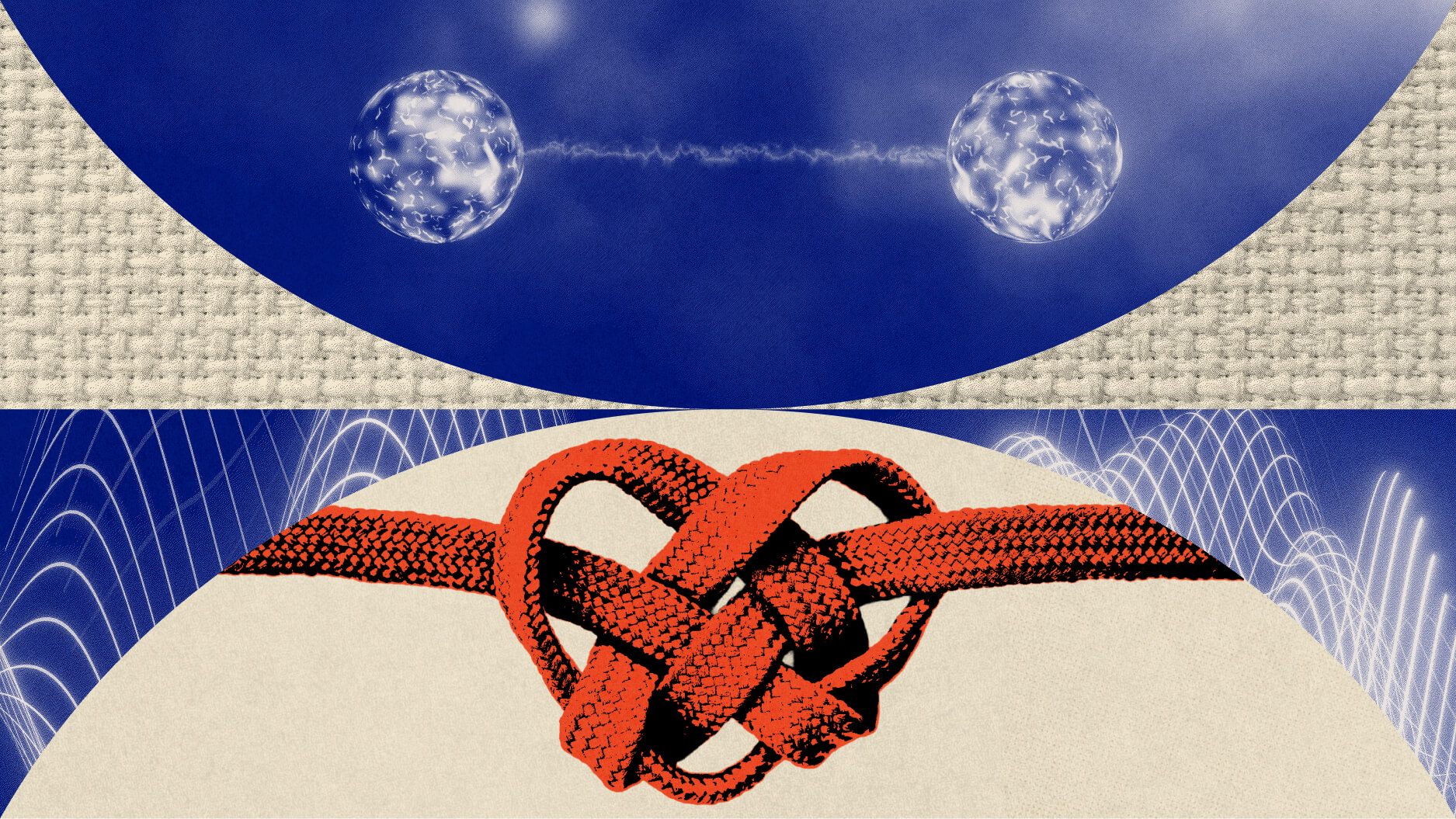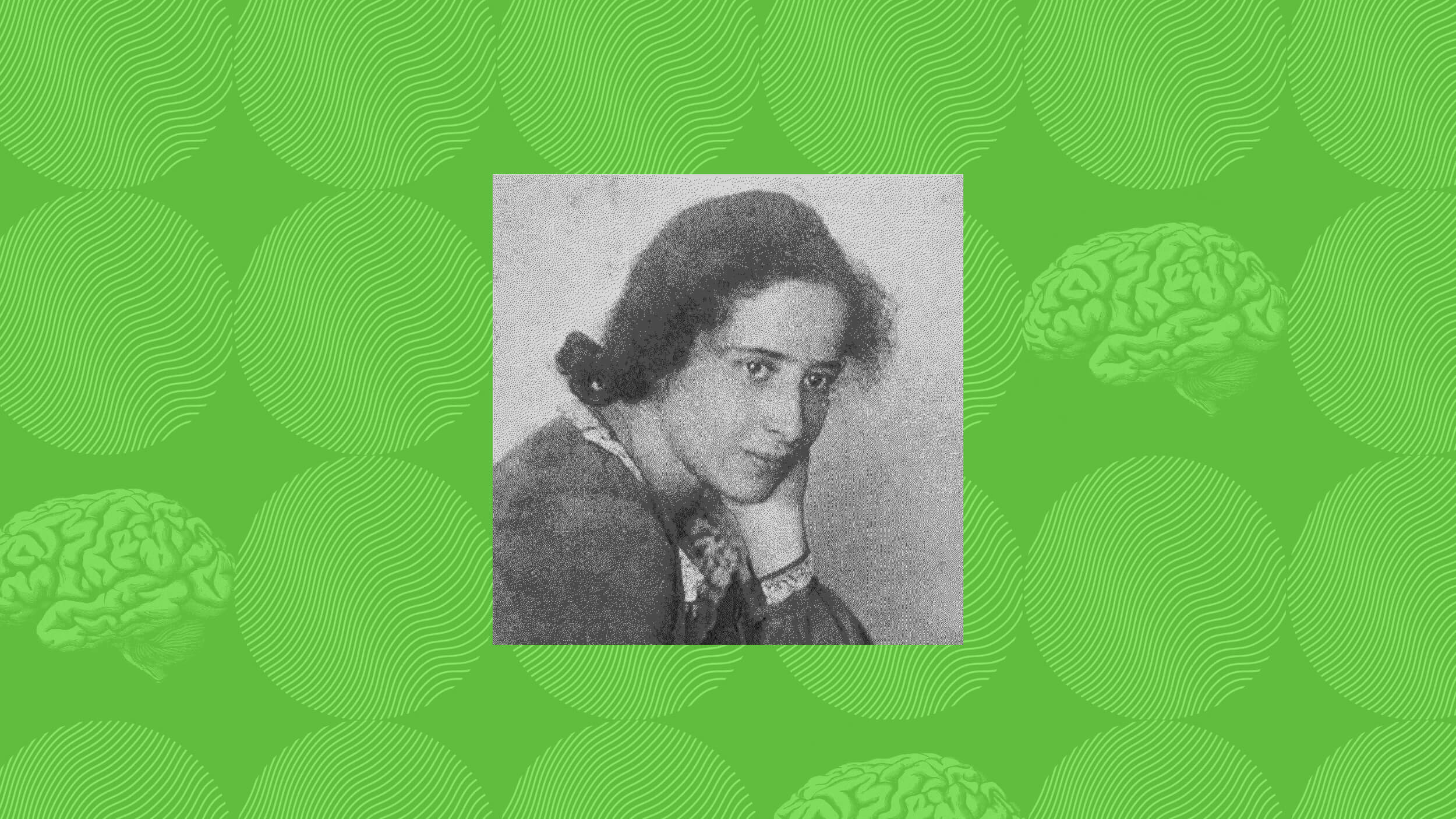Inside Mary’s Room: is a physical world all there is?

- Physicalism is the idea that the world can be adequately and completely explained using physical descriptions and that even things which appear non-physical can be explained as physical.
- A thought experiment by Frank Jackson called Mary’s Room is a challenge to this view, and it maintains that a physical or material description of something can never give a full account of it.
- The question is whether our private feelings — known as “qualia” — can ever be meaningfully placed within a physicalist world or completely understood from a scientific position.
Connie knows a lot about love. She has read all of the greatest sonnets, watched all the best romance movies, and has interviewed married couples of 40 years. But she has never been in love.
Julie is a grief counsellor. She has listened to hundreds of patients, has studied the brains of the bereaved, and has a PhD in psychology. But she has never felt grief.
Vincent loves war. He goes to the firing range every weekend to shoot bad guys, watches Saving Private Ryan on repeat, and has read every military memoire available. But he has never been to war, and when he speaks to real veterans, there is a telling look in their eyes when he speaks.
The philosophical question for us is whether Connie, Julia, and Vincent are missing something. Does feeling an emotion or having an experience teach us something that we cannot learn from a book or a movie? This is the basis for Frank Jackson’s (philosophically) famous thought experiment: What Mary Didn’t Know.
In want of a color
In Jackson’s version, we are asked to imagine a neuroscientist named Mary who lives in an entirely black and white world. But, she is not alone and has books and a computer. She spends her days learning everything there is to learn about the color “red.” She learns the science of light waves and where red falls on the electromagnetic spectrum. She knows how the eye processes the light and transfers the information to the brain. And she knows all there is to know about the part of the brain that interprets the color as red.
Furthermore, she knows all the poetic associations that come with red, like war, love, and danger. She reads about red objects, like strawberries, a Mediterranean sunset, or blood. In short, Mary knows all the physical facts about red. But Mary has never seen red.
Now, imagine that one day Mary is released from her black and white world and comes to see a red rose. The question for philosophers is: does Mary learn anything new when she does? Does seeing red add to her understanding of red?
Without reading on, what do you think?
But I red all about it
If we think she does learn something new, then we have to conclude that the world cannot be completely described using only material facts or descriptions. There is more to life than just the physical world. There is, in short, our feeling of something or what philosophers call “qualia.” There is more to the concepts of red, grief, and love than can be read about in a book (even if this qualia is epiphenomenal). This would challenge the position of “physicalism,” which states that everything about the universe can be reduced to physical descriptors. In Mary’s case, red cannot be reduced to a Wikipedia definition.
This was what Jackson had set out to prove. Ironically, Jackson came to reject his own argument. He did not believe that Mary learned anything new about the world but that she learned something new about herself. When she experiences the color red, she is not experiencing a new property “out in the world.” But it is still a property, albeit a subjective one. The qualia of red might not be describing the world, but it is describing something, that is, you, the experiencer. This begs the question, though, whether physicalism still can be salvaged. Do subjective properties fit into a physical world?
Jackson believes so. He actually now argues that if we could (but we cannot at the moment) reproduce the neurobiology and behaviors that are associated with the color red, then we would also reproduce the exact same qualia. We would each experience the same color.
The uniqueness of you
Nonetheless, the Mary’s Room thought experiment is a powerful one. It seems the world cannot be reduced entirely to physical descriptions. The biggest encyclopedia in the universe, compiled by intergalactic super-intelligent AIs, will always miss one thing: what it means to have an experience.
We can all relate to the idea that something special and unique happens when we experience first-hand something rather than just learn about it. In fact, what is interesting is that when we return to a movie or a book years later, having seen or done much more in life, we often can understand it and enjoy it on an entirely new level.
Connie, Julie, and Vincent can appreciate the world only so far. But when Connie finds love, Shakespeare will take on new depths; when Julie knows grief, she will listen to her patients in an entirely different way; and if Vincent ever goes to war, he will understand that it never possibly could be captured in a 90-minute movie.
What Mary’s Room teaches us is that there is a huge, gaping divide between how the world is explained or described and how it is felt. The question for both scientists and philosophers is whether this divide is bridgeable or not.
Jonny Thomson teaches philosophy in Oxford. He runs a popular Instagram account called Mini Philosophy (@philosophyminis). His first book is Mini Philosophy: A Small Book of Big Ideas.





